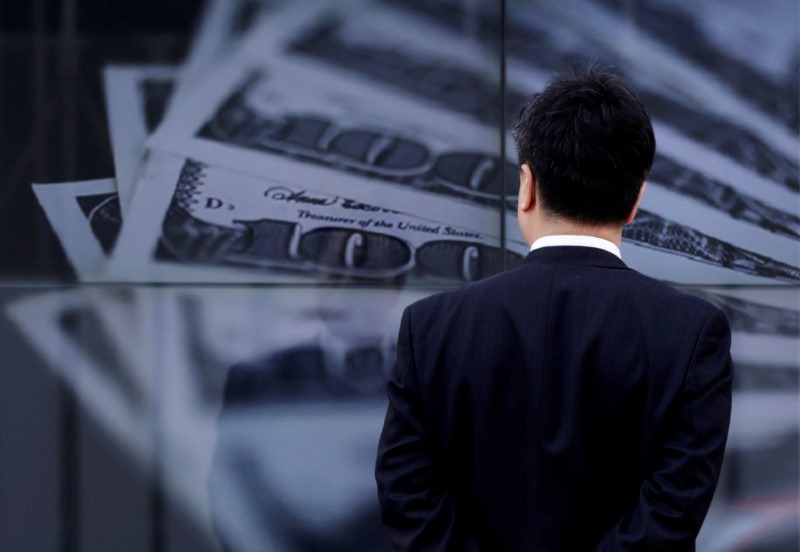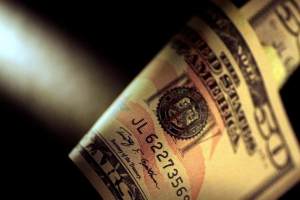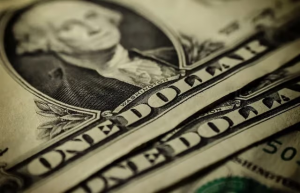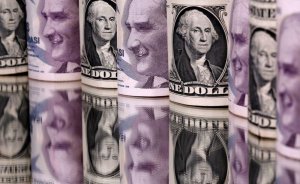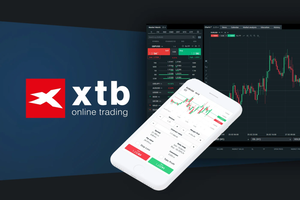The U.S. dollar retreated Thursday, handing back some of the previous session’s gains slumped Wednesday after U.S. President Donald Trump hiked his tariffs against China, raising fears of a prolonged trade war and a U.S. recession.
At 05:25 ET (09:25 GMT), the Dollar Index, which tracks the greenback against a basket of six other currencies, dropped 0.6% to 101.959, remaining close to a six-month low, despite a brief overnight rebound.
Dollar hands back gains
The greenback has weakened substantially on heightened uncertainty over Trump’s tariffs and their economic impact.
While fears of a recession did ease after Trump announced a 90-day extension to imposing his latest round of reciprocal tariffs, markets still remained on edge given the uncertainty over his policy agenda.
An escalating trade war with China, with Trump hiking U.S. tariffs on the country to an unprecedented 125%, also presents sustained economic headwinds for the U.S., given that the country is still a major trading partner.
Trump’s policies in recent weeks have eroded confidence in the U.S. dollar, European Central Bank policymaker Francois Villeroy de Galhau said on Thursday.
"The big element of constancy in U.S. policy of the past decades is the attachment to the central role of the dollar. I believe that the Trump administration also has that view, but it is very incoherent in the way it practices that. What has happened in recent days and weeks plays against the confidence in the US currency," Villeroy said.
Markets are now looking ahead to the latest reading of the U.S. consumer price index for March, which could provide a glimpse into inflationary pressures prior to the implementation -- and eventual delay -- of many of Trump’s tariffs.
Economists expect headline CPI to cool slightly to 2.5% in the twelve months to March, down from 2.8% in February. Month-on-month, it is seen easing to 0.1% from 0.2%.
The so-called "core" measure, which strips out more volatile items like food and fuel, is tipped to come in at 3.0% annually and 0.3% month-on-month. In February, they stood at 3.1% and 0.2%, respectively.
“In prior years, such a reading would drive short-dated yields higher and strengthen the dollar. More recently, however, higher CPI readings have been taken as dollar negative on what it means for real consumer spending,” analysts at ING added, in a note.
Euro surges on tariffs pause
In Europe, EUR/USD traded 0.8% higher to 1.1040, helped by the Trump administration pausing its tariffs on the European Union, as part of his larger decision.
The European Commission said it will take the necessary time to assess Trump’s announcement on Wednesday about a pause in U.S. tariffs, with the European Union member states having voted in favor of a proposal from the bloc’s executive arm to introduce new trade countermeasures against the United States.
“Expect more consolidation in a 1.09-1.11 range for EUR/USD near term. Should it meet good demand near 1.0900 today on a firm U.S. CPI, price action will be telling us that the investors are still minded to hedge/reduce dollar exposure,” said analysts at ING, in a note.
GBP/USD traded 0.4% higher to 1.2865, helped by the dollar weakness, although the selloff in U.K. gilts could weigh heavily on the currency.
“That U.K. gilts even underperformed U.S. Treasurys is quite remarkable and probably very unnerving for the UK’s Debt Management Office,” said ING. “One view here is that the DMO is already pushing the limits with £300bn of new issuance this year and that any greater slowdown in the UK economy, which would hit revenues/raise welfare spending, would only hit gilts harder. Clearly, then, the gilt market is an Achilles heel for sterling.”
Yen in demand
In Asia, USD/JPY traded 1% lower to 146.30, with the Japanese currency supported by a stronger-than-expected producer inflation reading for March, which factored into increased bets on more interest rate hikes by the Bank of Japan.
BOJ Governor Kazuo Ueda also recently said that the central bank’s plan to hike rates remained on track despite growing trade uncertainty.
USD/CNY traded 0.1% lower to 7.3418, with the pair slipping a little after the pair rose to its highest level since late-2007, at about 7.3511 yuan.
This came amid an escalating U.S.-China trade war, after Trump hiked U.S. tariffs on the country to an unprecedented 125%.
Both Washington and Beijing have shown little intent to de-escalate, with Chinese officials vowing to “fight to the end.”

